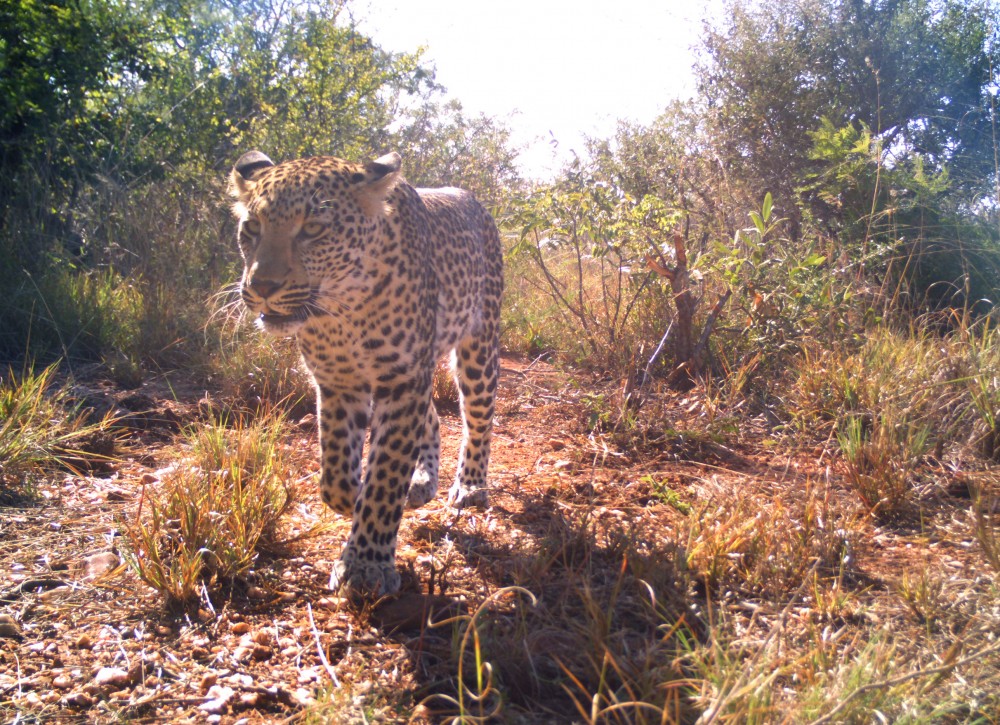A new University of Minnesota program takes researchers and citizens into the private lives of animals across eastern and southern Africa.
Snapshot Safari, which launched Tuesday, is an expansion of an existing University program, Snapshot Serengeti. The citizen science program relies on the public to identify African wildlife from images posted online in order to better understand animal interactions and to monitor populations.
University Lion Research Center head Craig Packer and two University graduate students launched Snapshot Serengeti in 2010, which asked the public to help identify animals in a “kajillion” images from Serengeti Park, Tanzania.

To launch Snapshot Safari, the Lion Center team worked with a network of partners, from researchers to nonprofits. While a few partners came to them, the Lion Center sought out most. The network also creates an opportunity for collaboration among partners, many of whom are working on similar problems, said graduate student Sarah Huebner.
The team sent some partners instructions to set up cameras themselves. For others, the team packed suitcases of camera gear and just two changes of clothes and flew to wildlife preserves to set up the cameras. Graduate student Meredith Palmer said she personally set up 400 cameras in four weeks this summer.
The motion-activated cameras take photos of wildlife, and the images are sent to a website where anyone in the world can view them and identify the animals.
Each reserve then receives the identification data. Some choose to make the information public so scientists and natural resource managers worldwide can study wildlife ecology and how human management impacts it.
Both groups hope to compare data across sites to determine the effects of management tactics, like fences, on wildlife.

The data will also help reserves track wildlife populations. Right now, the most common method to track populations is flying a plane over wildlife reserves every year or two while counting animals from the air. This practice results in inaccurate data, Huebner said.
“Unless you’re big and bulky and in the open … you might not get seen,” Palmer said.
Packer said the comprehensive, “fine-grained” nature of the Snapshot Safari approach gives researchers a window into activity between those fly-bys so scientists can understand why populations are changing.
“And it’s less invasive than flying a plane over their heads,” Huebner said.
This strategy will make it easier to learn about elephants’ social interactions and health, said conservation non-profit Elephants for Africa founder Kate Evans in an email to the Minnesota Daily. Vital elephant populations in Makgadikgadi Pans National Park are hard to track because they live in terrain that’s difficult to access on foot or in vehicles, she said.
University of Minnesota students can work with the data as well. The information is used in two University biology classes. The Lion Center team hopes to make the data available to middle and high school students soon through the creation of a free, publicly available lesson with an organization called HHMI BioInteractive.







